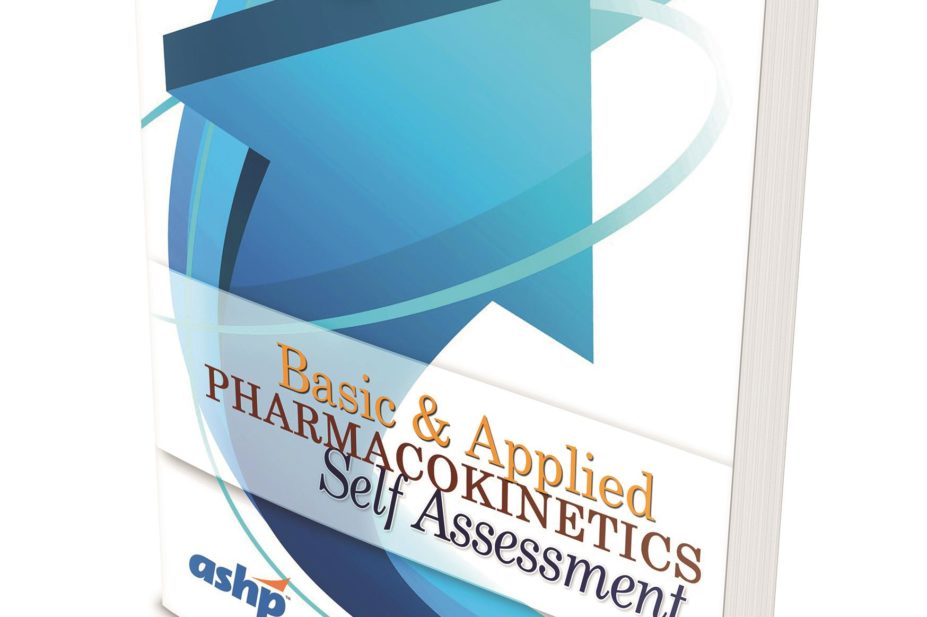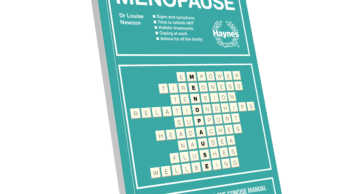
This book has been written to test practitioners’ skills in using pharmacokinetic equations and the application of pharmacokinetic concepts. It is not meant to be the final word on how patients should be dosed or monitored. The chapters are designed to pose questions and include calculations, with the answers given at the end of the chapter. Readers who get incorrect answers can refer to the detailed solutions to the problems that are provided in the second part of the book.
Although some of the problems are based on actual patients treated over the years, some are purely hypothetical and the approaches taken may not be common or routine but are provided as examples to illustrate points. At the beginning of most of the self-assessment-chapters, population pharmacokinetic values and dosing approaches are described. This is not meant to suggest that better approaches or different parameters might not be found in the literature.
The book opens with a section describing pharmacokinetic symbols and pharmacokinetic terminology followed by a range of basic pharmacokinetic equations.
The chapter on general pharmacokinetic applications offers some basic calculations on determining the half-life of a drug, the elimination rate constant, the dosage interval, the volume of distribution, the clearance, estimating steady state concentrations, determining loading and maintenance doses, and considerations for dosage adjustment. Later chapters provide problems on medication dosing in overweight and obese patients, estimating creatinine clearance and drug dosing in renal insufficiency.
The remaining chapters are drug specific, covering the range of drugs that often require pharmacokinetic interventions and dose adjustments: aminoglycosides, carbamazepine, digoxin, heparins, lithium, phenobarbital, phenytoin/fosphenytion, valproic acid, vancomycin and warfarin.
As an added feature, the YouTube channel ‘Basic & applied pharmacokinetics self assessment videos’ is available as a complementary companion to the book. It includes a library of videos created by the author to help readers through the major pain threshold of getting to grips with pharmacokinetics and provides further support to the self-assessment process.
This is a useful book designed to test the skills of practitioners in the use of pharmacokinetic equations and the application of pharmacokinetic concepts. It offers good revision of what has been learnt and what is being practised. It removes the fear of what appear, at first sight, to be complex equations.
Laurence A Goldberg
References
‘Basic & applied pharmacokinetics self assessment’, by John E Murphy. Pp xxii+132. Price £28. Maryland: American Society of Health-System Pharmacists; 2014. ISBN 978 1 58528 438 2


